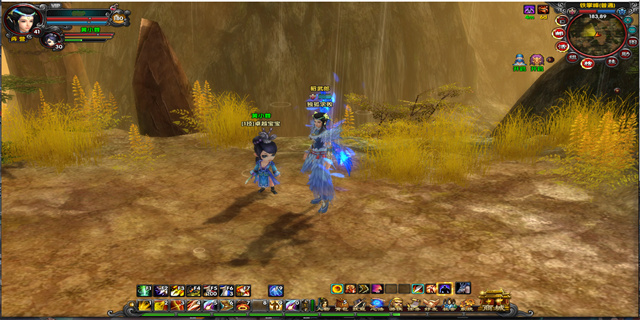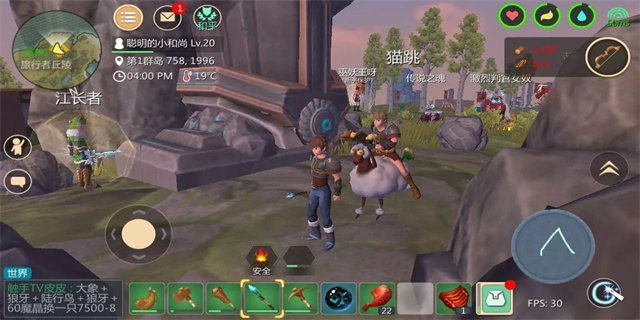Zombie Skin: An In-Depth Exploration of the Undead Phenomena
Introduction
Zombies have long captured the imagination and horror of people around the world. With their rotting flesh, insatiable hunger for human brains, and relentless pursuit of the living, they have become iconic in popular culture. In recent years, the concept of \"zombie skin\" has emerged, in which individuals mimic the appearance of the undead using special effects makeup. This article aims to delve into the world of zombie skin, exploring its origins, techniques, and its impact on society.

The Origins of Zombie Skin
Zombie skin, as an art form, can be traced back to the early days of horror cinema. Makeup artists in the 1920s experimented with techniques to create realistic wounds and scars for movies featuring undead creatures. However, it was not until the late 1960s and early 1970s that the idea of fully transforming individuals into convincing zombies started to take shape. With the release of movies like George A. Romero's \"Night of the Living Dead\" and \"Dawn of the Dead,\" the fascination with zombies skyrocketed, leading to a demand for more authentic-looking undead characters.

In response to this demand, makeup artists began to develop new techniques and materials to achieve more realistic and terrifying zombie effects. Latex prosthetics, fake blood, and various types of specialized makeup were introduced to create the decaying, rotting flesh associated with zombies. With advancements in technology, the art of zombie skin continued to evolve and improve, leading to even more chilling and gory effects.
Techniques of Zombie Skin
Creating zombie skin involves a combination of makeup skills, prosthetics, and the use of various materials. The process begins with a clean face, which is then gradually transformed into the decaying visage of the undead. The artist starts by applying a base layer of makeup to create an ashen complexion, giving the appearance of a lifeless and drained body. The skin is then textured using various techniques to replicate peeling, torn flesh, and exposed bones.
Prosthetics play a crucial role in achieving the desired zombie look. Foam latex pieces are commonly used to create wounds, scars, and facial disfigurements. These prosthetics are carefully applied to the face, blending seamlessly with the actor's skin to create a seamless transition between the prosthetic and their natural features.
Another essential aspect of zombie skin is the use of fake blood. Different types of blood are employed to simulate fresh wounds, dried bloodstains, and oozing gashes. Makeup artists have developed techniques to make the blood appear more realistic, using a mixture of theatrical blood, corn syrup, and food coloring. Applying blood strategically enhances the terrifying effect of the zombie's appearance, making it more believable and horrifying.
The Impact of Zombie Skin on Society
Zombie skin has become an integral part of popular culture and has had a significant impact on society. It not only caters to the growing fascination with zombies but has also created a new form of artistic expression. Special effects makeup artists now have thriving careers due to the demand for their skills in recreating the undead.
Zombie skin has also infiltrated various forms of media, including movies, television shows, and even video games. The realistic portrayal of zombies has made these creatures more believable and has raised the bar for horror enthusiasts. Moreover, the zombie skin trend has extended beyond the entertainment industry, with zombie-themed events, parties, and conventions becoming increasingly popular.
In conclusion, zombie skin has evolved from an element of horror cinema to an art form of its own. The origins of this practice can be traced back to the early days of special effects makeup. Today, it has become a popular trend, captivating audiences and inspiring individuals to embrace their love for all things frightening. As long as the fascination with zombies persists, the art of zombie skin will continue to thrive, constantly pushing boundaries and terrifying people with its realistic portrayal of the undead.



















